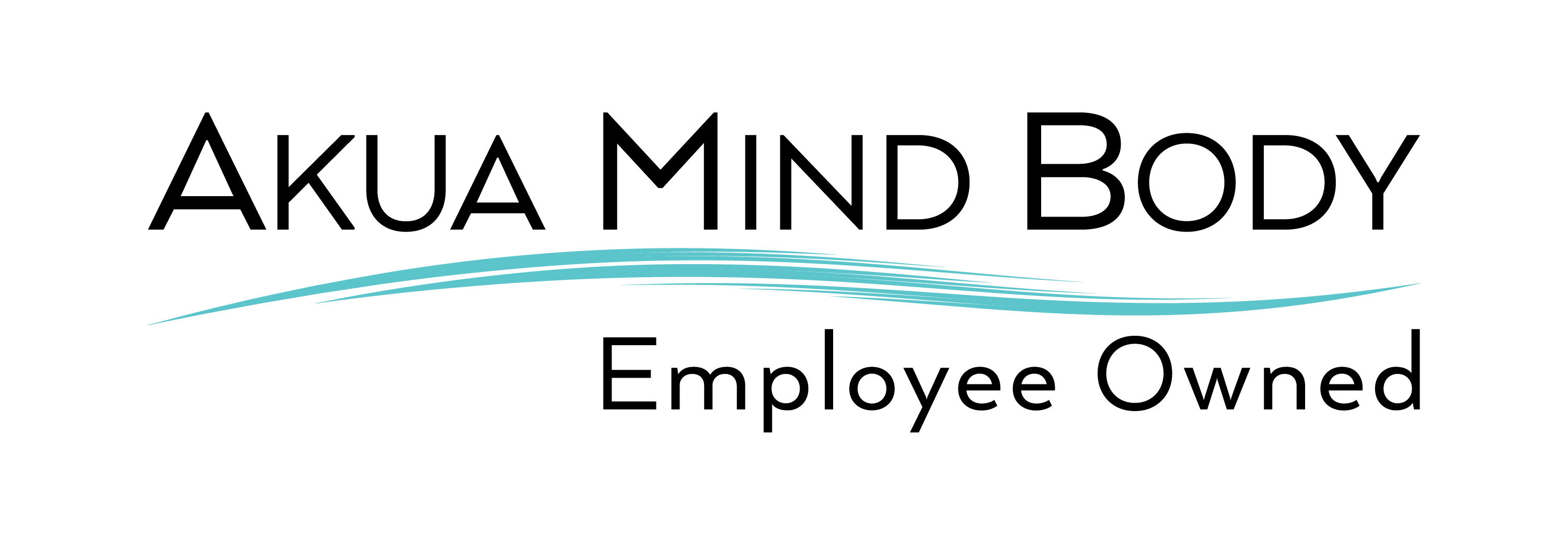Signs and symptoms of Hydrocodone Intoxication
- Drowsiness
- Pupillary constriction
- Slurred speech
- Constipation
- Respiratory depression (slow, shallow breathing)
- Stupor
- Coma
Signs and symptoms of Hydrocodone Addiction
- Increased aggression or irritability
- Changes in personality
- Excessive tiredness or excessive energy
- Depression
- Change in priorities
- Social withdrawal
- Change in sleep patterns
- Financial problems
- Involvement in criminal activity
Risk factors for hydrocodone addiction
- Family history of substance abuse disorders
- History of depression or anxiety
- Past history of hydrocodone prescription use
- Poverty and unemployment
- Trauma and stressful life circumstances
- History of untreated chronic or acute pain



